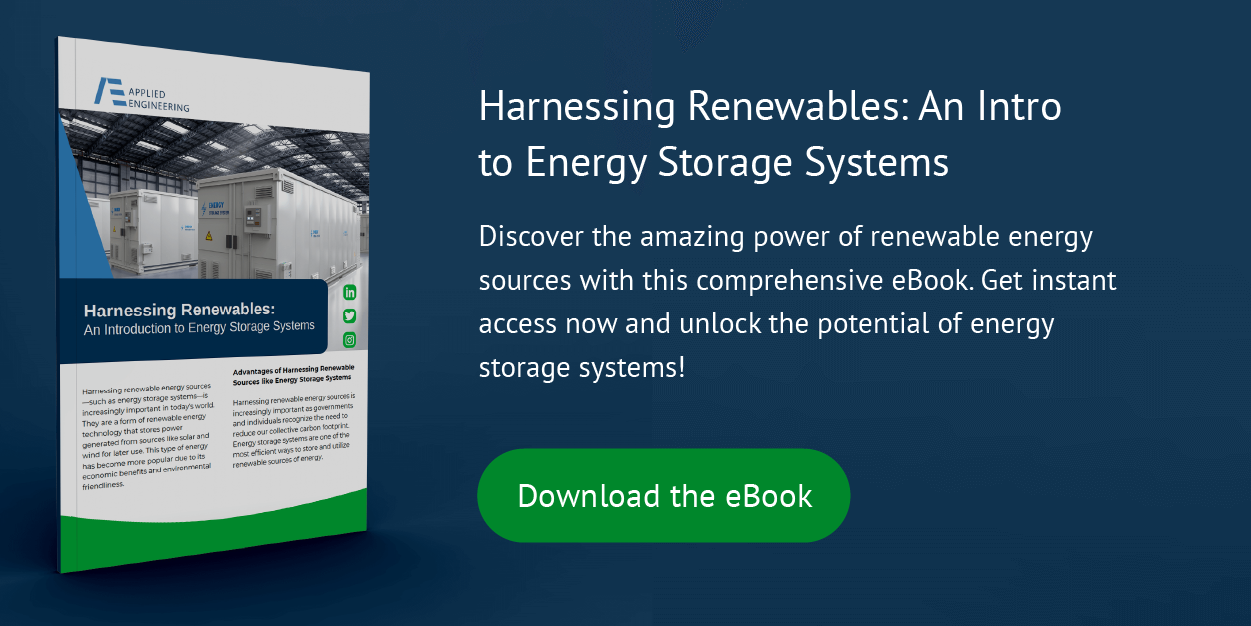From Lithium-Ion Batteries to Pumped Hydroelectricity: A Guide to Renewable Energy Storage Options
The increasing use of renewable energy sources such as solar and wind power has brought about a new challenge: how to store the energy generated when it is not needed for immediate use. Energy storage technologies are essential for managing the variability of renewable energy sources and ensuring a reliable supply of electricity. Let’s explore some of the most common renewable energy storage options available today.
Lithium-Ion Batteries
Lithium-ion batteries are the most widely used type of battery in portable electronics, electric vehicles, and stationary applications such as grid-scale energy storage. These batteries have high energy density, long cycle life, and low self-discharge rates, making them an ideal choice for storing electricity generated from renewable sources.
One of the biggest advantages of lithium-ion batteries is their scalability. They can be used for small-scale residential applications or large-scale utility projects. Additionally, advancements in technology have led to significant reductions in cost over the past few years.
Flow Batteries
Flow batteries are another type of rechargeable battery that stores electrical energy in chemical solutions contained within external tanks. The two solutions are separated by a membrane and pumped through a cell stack where they undergo a redox reaction that generates electricity.
Flow batteries offer several advantages over traditional lithium-ion batteries. They have longer cycle lives, can be discharged completely without damage, and have low maintenance requirements. However, they also tend to have lower energy densities than lithium-ion batteries.
Flywheels
Flywheels store kinetic energy by spinning a rotor at high speeds and then using that stored energy to generate electricity when needed. They are typically used for short-term applications such as frequency regulation or backup power.
Flywheels offer several advantages over other storage technologies. They have very fast response times and can provide instantaneous power when needed. They also have no degradation issues over time like chemical-based systems do.
Compressed Air Energy Storage (CAES)
Compressed air energy storage (CAES) is a method of storing excess electrical energy generated from renewable sources by compressing air into underground caverns or above-ground tanks. When demand for electricity increases, the compressed air is released through turbines to generate electricity.
One advantage of CAES is its ability to store large amounts of electrical energy at relatively low cost compared to other storage methods like lithium-ion batteries. However, it requires specific geological formations or infrastructure for above-ground tanks which may limit its availability in certain areas.
Pumped Hydroelectricity
Pumped hydroelectricity is currently the most widely used method for large-scale grid-level electrical storage worldwide due to its established infrastructure and reliability record. It involves pumping water from a lower reservoir to an upper reservoir during periods of low demand for electricity when generation exceeds consumption; then releasing it back down through turbines during peak demand periods generating power on-demand as necessary.
One advantage of pumped hydroelectricity is its efficiency rate which can reach up to 80% - double that offered by other grid-scale storage technologies like CAES or flywheels which tend to be less efficient at scale due to conversion losses involved in moving electrons between different physical states.
However, one disadvantage with pumped hydroelectricity is its reliance on specific geological formations – requiring two bodies of water at different elevations close together – limiting its availability in certain regions around the world.
Renewable energy storage technologies play an important role in managing variability associated with renewables while ensuring reliable supplies of electricity. Each technology has its own set of strengths and weaknesses depending on application needs such as duration requirements or location constraints among others.
While there isn't one single solution that fits all needs perfectly, there are many promising developments made every day across all forms mentioned here–including novel chemistries for flow-batteries or more efficient flywheel designs–that a future powered by renewable energies with zero-emissions is possible!

